
Cooking is not just about the ingredients and techniques; it’s also about the tools you use.
When it comes to nonstick cookware, selecting the right utensils is crucial for maintaining its pristine condition and ensuring optimal performance over time.
In this comprehensive guide, we’ll explore everything you need to know about utensils for nonstick pans, from the best materials to avoid to tips for prolonging the lifespan of your cookware.
Understanding Nonstick Cookware
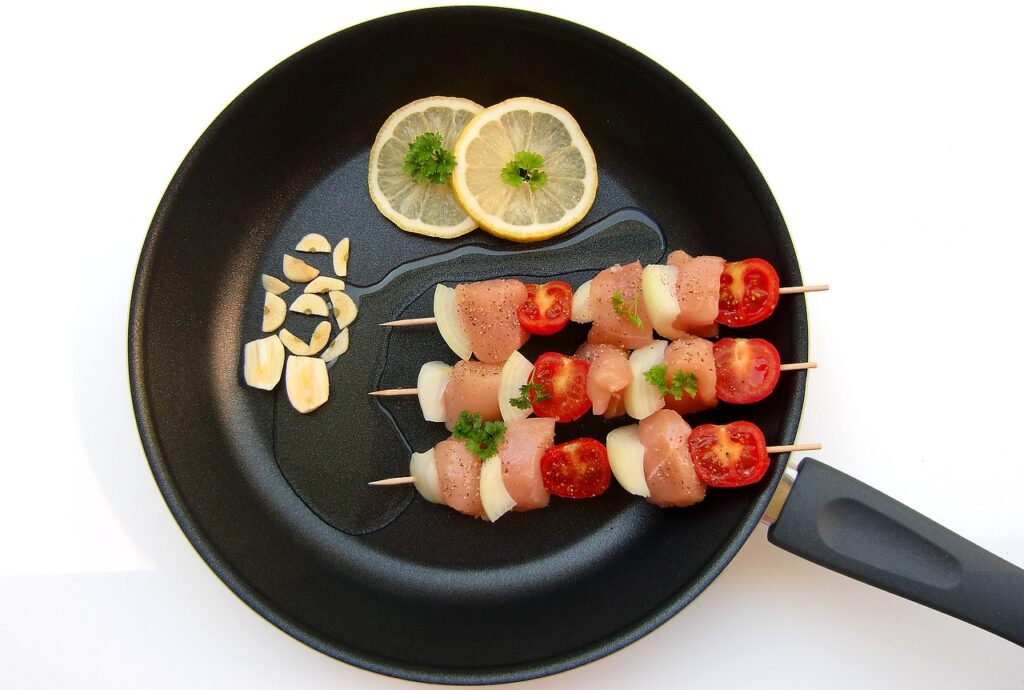
Before diving into the world of utensils, let’s first understand what nonstick cookware is and how it works.
Nonstick cookware features a special coating, typically made of polytetrafluoroethylene (PTFE), also known as Teflon, or ceramic, applied to the cooking surface.
This coating prevents food from sticking to the pan, making cooking and cleaning easier.
However, nonstick coatings are delicate and can be easily scratched or damaged by improper utensil use.
To preserve the nonstick properties of your cookware, it’s essential to choose utensils that are gentle on the coating and won’t cause any harm.
The Best Utensils for Nonstick Cookware
Silicone Utensils
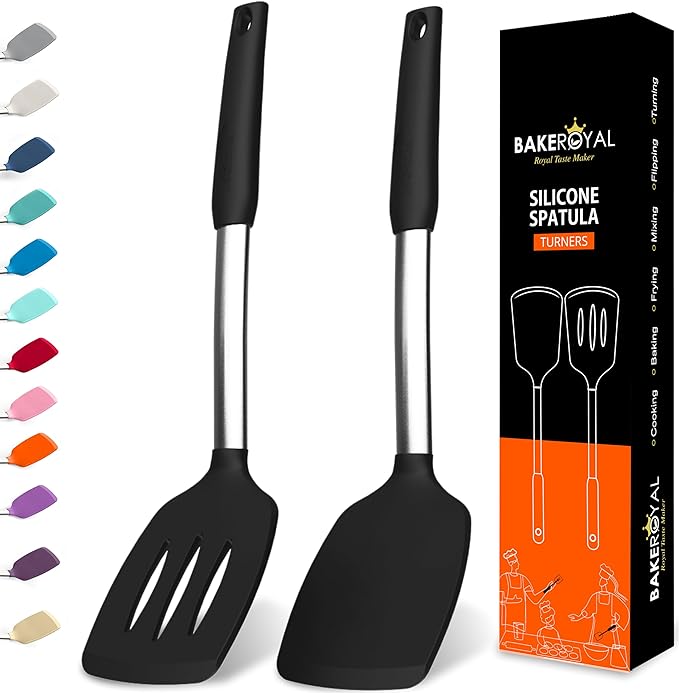
Silicone utensils are widely regarded as the gold standard for nonstick cookware.
Their soft and flexible nature makes them gentle on delicate surfaces, preventing scratches and abrasions.
Silicone spatulas, spoons, tongs, and whisks are available in various shapes and sizes, catering to all your cooking needs.
Whether you’re flipping pancakes, stirring sauces, or sautéing vegetables, silicone utensils offer versatility and protection for your nonstick pans.
Wooden Utensils
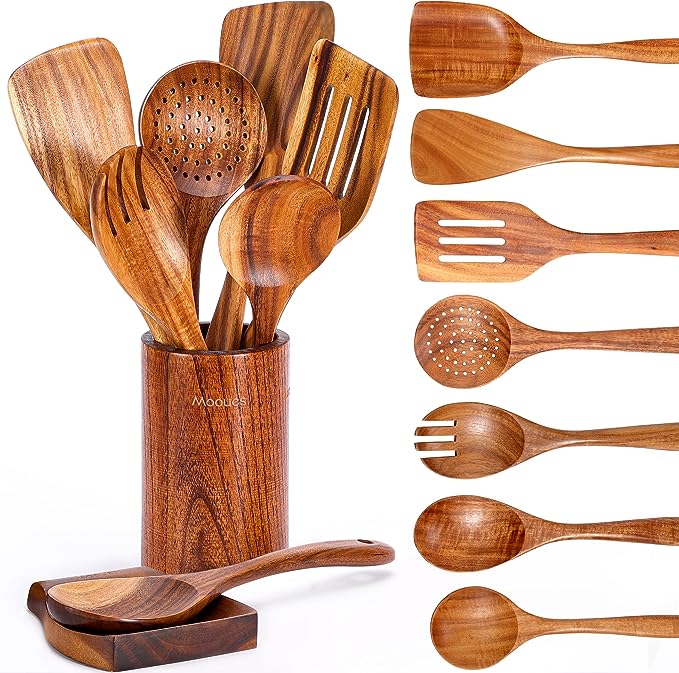
Wooden utensils, such as bamboo or beechwood, provide a natural and eco-friendly option for nonstick cookware.
The smooth surface of wooden utensils glides effortlessly across the pan, minimizing the risk of scratching or damaging the coating.
Wooden spatulas, spoons, and turners are lightweight yet sturdy, making them ideal for everyday cooking tasks.
Nylon Utensils

Nylon utensils are another excellent choice for nonstick cookware.
Known for their non-abrasive properties, nylon utensils won’t scratch or damage the coating, ensuring the longevity of your cookware.
From spatulas to spoons and turners, nylon utensils come in a wide range of shapes and sizes to suit your cooking preferences.
Additionally, nylon is heat-resistant, making it suitable for use in high-temperature cooking applications.
Soft-Edged Metal Utensils

While metal utensils are generally not recommended for nonstick cookware, those with soft edges or coated with silicone can be used cautiously.
Soft-edged metal spatulas or tongs, coated in silicone, offer a compromise for those who prefer the durability of metal utensils while minimizing the risk of scratching.
However, it’s essential to exercise caution when using metal utensils with nonstick cookware and avoid applying excessive pressure to prevent damage to the coating.
Tips for Prolonging the Lifespan of Nonstick Cookware
In addition to using the right utensils, there are several other tips you can follow to prolong the lifespan of your nonstick cookware:
Avoid High Heat

Nonstick coatings can degrade at high temperatures, so it’s best to avoid using high heat settings when cooking with nonstick pans.
Opt for medium or low heat to prevent damage to the coating and ensure even cooking.
Use Cooking Oils
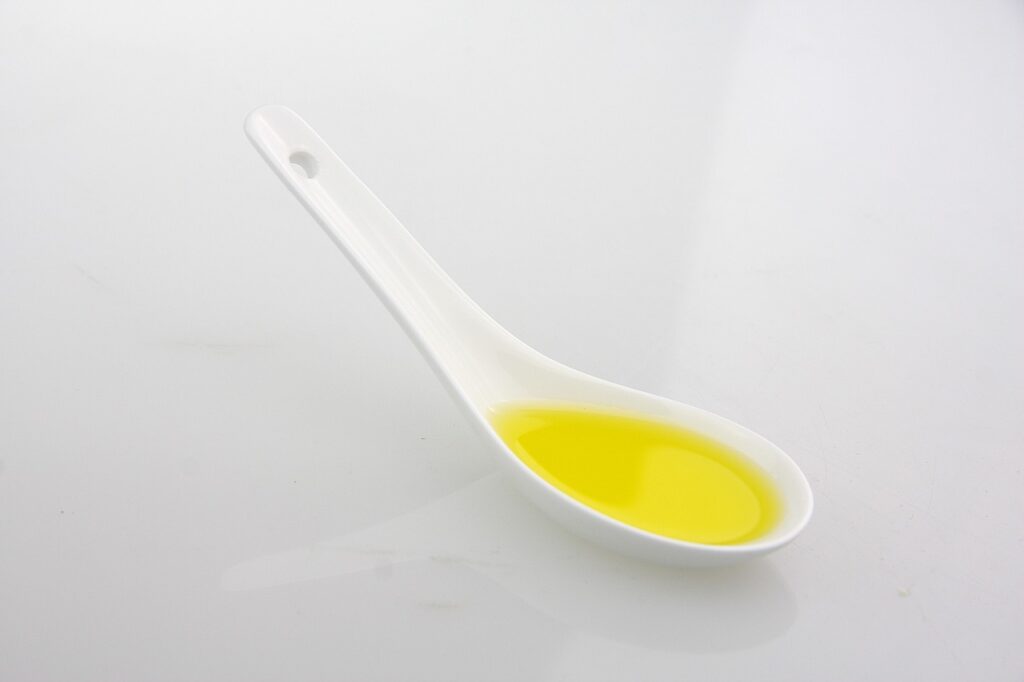
While nonstick cookware is designed to reduce the need for cooking oils, using a small amount can further enhance its nonstick properties and prevent food from sticking.
Opt for oils with high smoke points, such as canola or grapeseed oil, and avoid using aerosol cooking sprays, as they can leave a residue that’s difficult to remove.
Hand Wash Only
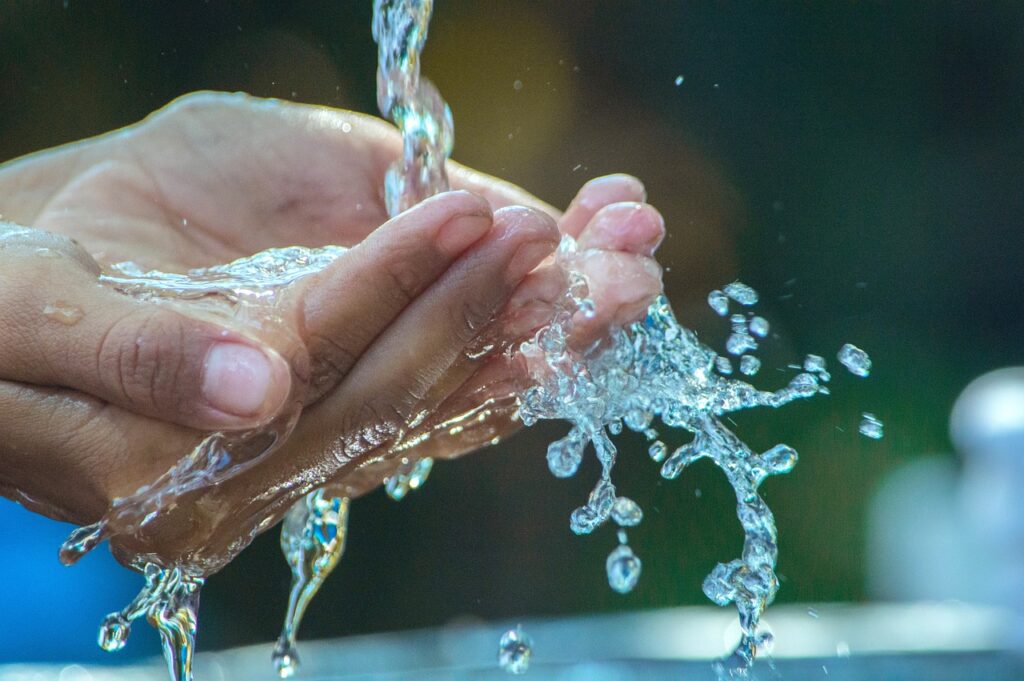
To preserve the integrity of the nonstick coating, it’s essential to hand wash your nonstick pans with mild dish soap and warm water.
Avoid using abrasive sponges or scouring pads, as they can scratch the coating and compromise its nonstick properties.
Store Carefully

When storing nonstick cookware, avoid stacking pans on top of each other, as this can lead to scratches and damage to the coating.
Instead, use pan protectors or stack pans with a layer of paper towels in between to prevent contact between surfaces.
Inspect Regularly

Periodically inspect your nonstick cookware for any signs of wear and tear, such as scratches, chips, or flaking of the coating.
If you notice any damage, it’s best to replace the pan to avoid potential health risks associated with ingesting nonstick coating particles.
Conclusion
Choosing the right utensils is essential for preserving the nonstick properties and prolonging the lifespan of your cookware.
Silicone, wooden, nylon, and heat-resistant plastic utensils are all excellent choices for nonstick cookware, offering gentle yet effective options for all your cooking needs.
By following the tips outlined in this guide and handling your nonstick cookware with care, you can ensure that it remains in excellent condition for years to come, allowing you to enjoy hassle-free cooking experiences and delicious meals every time.
